
There are many ways to experience and take a sustainable holiday. Visiting Protected Marine Areas in Sardinia is not the only way but it denotes sensitivity towards the environment and can make a holiday unforgettable.
Protected Marine Areas in Sardinia
What are Marine Protected Areas
Marine Protected Areas are marine areas - sometimes encompassing land portions - that have particularly important features from the point of view of naturalistic, environmental, biological and geological.
Visiting MPAs, national parks, marine parks, sites of community importance could contribute, along with other responsible behaviour, to support the safeguarding of natural environments.
The creation of marine protected areas and parks makes it possible to guard, manage and preserve the heritage within them.
MPAs are therefore established in order to protect particularly important or vulnerable animal and plant species and ecosystems. In these areas, the biodiversity and an attempt is made, as far as possible, to re-establish theintegrity.
In the Region of Sardinia there are:
- 6 AMP
- Marine Protected Area Tavolara - Punta Coda Cavallo
- Marine Protected Area Capo Testa Punta Falcone
- Marine Protected Area Island Asinara
- Marine Protected Area Capo Caccia - Piana Island
- Protected Marine Area Peninsula of Sinis - Island of Mal di Ventre
- Capo Carbonara Marine Protected Area
- 3 National Parks
- Asinara Island National Park
- La Maddalena Archipelago National Park
- Gulf of Orosei and Gennargentu National Park
- 4 Regional parks
- Porto Conte Regional Natural Park
- Molentargius Regional Natural Park
- Gutturu Mannu Regional Natural Park
- Tepilora Regional Nature Park
There are also many: natural monuments
approx. 90 SIC (Sites of Community Interest)
approx. 40 SPA (Special Protection Areas)
many wetlands Ramsar zones (Wetlands of International Importance under the Ramsar Convention)
The purpose of these institutions is to protect the region's biodiversity and natural heritage.

Marine Protected Areas are true oases where nature reigns supreme, where you can admire unforgettable views and discover the animals and plants that inhabit them
1. Marine Protected Area Tavolara - Punta Coda Cavallo
MPA Tavolara was established for research purposes, for the conservation of plant and animal species and to protect the landscape and geomorphological heritage of the area.
The managing body also promotes environmental education projects aimed at awareness and enhancement of the marine environment.
The area is divided into zones of varying degrees of protection, in some of which interesting sustainable tourism activities are permitted, boat trips to Tavolara, diving and hiking snorkelling and trekking.
Where Marine Protected Area Tavolara - Punta Coda Cavallo is located
Marine Protected Area Tavolara Punta Coda Cavallo runs between the municipalities of Olbia, Loiri Porto San Paolo, San Teodoro. MPA Tavolara is located in the north-east of Sardinia near the famous Costa Smeralda, north of Budoni and La Caletta.
MPA Tavolara is bounded at north from the promontory of Capo Ceraso - the beautiful promontory south of Olbia - and closes at South with Cala Finocchio. The stretch of sea covered by the managing body includes the islands of Tavolara, Molara and Molarotto.
A succession of small inlets, beachescoves and headlands, a marine protected area of incredible naturalistic value.
What to see in Marine Protected Area Tavolara - Punta Coda Cavallo
The flora and fauna present in MPA Tavolara are of enormous value and interest. Among the terrestrial plant species to be counted certainly are the Thorny cornflower – Centaurea horrida - endemic in northern Sardinia is an endangered species that is protected on the island of Tavolara.
Among the marine plant species, the presence of prairies of Posidonia oceanica and very nice is Acetabularia acetabulum – beach umbrella - the single-celled algae visible to the naked eye.
Among the animals present brown groupers, tuna, barracuda, amberjacks and snappers which are of particular interest during scuba diving, along with dense shoals of sizeable common fish such as salps, damsels and breams.
Many dive sites have been established by the managing body, one of the most famous in the area is La Secca del Papa, but in general it can be said with certainty that all the dives in this MPA are extraordinary. Frequent sightings of dolphins, turtles, minke whales and in spring there are numerous reports of magnificent specimens of basking shark. Lesser Berets, Cormorants, Crested Plovers, Black-winged Stilts and Peregrine Falcons dominate the area from the sky.
Current conservation activities include the project Life Puffinus for the protection of the Berta Minor and the project Life Delphi created with the aim of reducing dolphin mortality. Other projects of particular interest are the sea urchin monitoring and the grassland monitoring by Posidonia oceanicaan aquatic phanerogamy of fundamental importance for the protection of ecosystems.
2. Marine Protected Area Capo Testa Punta Falcone
The recently established Marine Protected Area of Capo Testa Punta Falcone is an enchanting area of sea that also includes the Site of Community Importance of Capo Testa.
Recreational tourism activities are conducted in the MPA with the aim of promoting sustainable and quality tourism.
There are also activities for educational, scientific and research and monitoring purposes that have theobjective of protecting, implementing and improving land management and marine resources.
Where Marine Protected Area Capo Testa Punta Falcone is located
MPA Capo Testa - Punta Falcone is located in the municipality of Santa Teresa Gallura in the north of Sardinia and overlooks the Bocche di Bonifacio a particularly famous and fascinating stretch of sea separating Sardinia from the Corsica. The area is currently divided into two parts by the entrance to the Santa Teresa Gallura Lungoni harbour, a magnificent natural fjord:
- Western zone: Capo Testa up to the Monte Cintu promontory, the largest part;
- Eastern zone: Punta Falcone to the Scoglio della Colombaia Valle dell'Erica.
The Capo Testa and Punta Falcone portions of the territory are characterised by an indented and articulated coastal landscape with rocky promontories that delimit enchanting bays, reefs, islands and inlets. The area features grantiche rocks of rare beauty, most famously the Moon Valley of Capo Testa which offers breathtaking panoramic views.
What to see in the Marine Protected Area Capo Testa Punta Falcone
The terrestrial flora in the area offers some very interesting endemisms including the Silene rosulata – Silene rosulata subsp. sanctae-theresiae to Capo Testa, a white flower that creates striking carpets.
The underwater flora presents a great variety of coloured seaweed together with the very important Posidonia oceanica that creates real underwater forests.
These forests contribute to the maintenance of beaches preventing coastal erosion as well as providing shelter for a multitude of small creatures that take up residence there.
The avifauna includes greater and lesser magpies, herring gulls and Corsican gulls, cormorants and peregrine falcons.
The underwater fauna includes the large marine mammals (minke whales, dolphins and pilot whales), the large cartilaginous fish (mainly basking shark, thresher shark and stingrays) together with red coral, black coral, false black coral and gorgoniae.
Diving locations
For enthusiasts, diving at the Secca del Corallo Nero (Black Coral Bank), Portosino and the Secca del Diavolo (Devil's Bank) located in the south-west of Capo Testa, 2 miles from the coast, are famous.
3. Marine Protected Area Island Asinara
Very famous and interesting is the Asinara Island Marine Protected Area that together with the Asinara National Park and the Asinara Island Special Area of Conservation constitute an excellence and are a real pearl in the sea of northern Sardinia.
The MPA was established in 2002, and the area has particular historical, landscape and biological importance.
The geomorphology is just as peculiar, the western part of Island Asinara has rocky bottoms with slopes and cliffs that plunge into the sea, the eastern part has predominantly sandy bottoms that slope gently into the sea.
These characteristics allow the life of a wide variety of organisms who in this multitude of environments were able to find a niche suited to their needs.
Location: Marine Protected Area Island Asinara
The Marine Protected Area Island Asinara is located entirely within the territory of the municipality of Porto Torres in the province of Sassari and extends across the island Asinara to about 1 to 2 km offshore.
The MPA is easily accessible from both Porto Torres and Stintino from where the following depart daily boat excursions to Asinara, trips and ferries to Asinara landing at Fornelli and at Cala Royal.
What to see in the Marine Protected Area Island Asinara
The seabed surrounding Island Asinara teems with various species of high conservation interest. Among these species certainly worth mentioning are the Patella, Posidonia oceanica and the Pinna nobilis.
Paradise for diving and snorkelling
The Asinara is a true paradise for scuba divers, all inhabitants of the underwater world of this enchanted place amaze by their size and quantityThis also makes the shoals of common fish particularly impressive.
The birdlife includes splendid specimens of stormbird, Corsican gull, common tern, greater and lesser tern. The land portion of the island is inhabited by the little donkeys that one encounters while walking along the island's paths.
A must is view to prisons to see and experience new sensations through the reconstructions and the museum.

A holiday at Asinara is a true journey through nature and history, a complete and intresting immersion in an environment where time seems to stand still.
4. Marine Protected Area Capo Caccia - Piana Island
An area comprising the bay of Porto Conte and the stretch from Punta Giglio to the Promontory of Capo Caccia characterised by truly precious backdrops and panoramas with caves, cliffs and reefs. The predominantly limestone nature of the area has given rise to incredible caves such as:
- Neptune's Cave (airborne)
- Nereus Cave (underwater)
Location Marine Protected Area Capo Caccia - Isola Piana
MPA Capo Caccia and Isola Piana is entirely within the territory of Alghero, is easily reached from the city with a boat trip departing from Alghero in a northerly direction.
Beyond the small village of Fertilia to Porto Conte and Capo Caccia.
Its extension was initially planned to include only the areas of Capo Caccia and the Isola Piana, but then due to the presence of species of very high conservation interest, the protection area was extended.
Today, the protected territory stretches from Punta delle Gessiere to the promontory of Capo Caccia, including Isola Piana and Isola Foradada, the Bay of Porto Conte and Punta del Giglio to Capo Galera.
What to see in the Marine Protected Area Capo Caccia - Isola Piana
The area certainly has enormous landscape potential and geomorphological peculiarities and has particular excellence in terms of biodiversity thanks to the very large number of habitats it contains.
Certainly in the Rcoral iviera one of the main attractions is the red coral - Corallium rubrumvisible even at shallow depths. The area is also densely populated by dolphins, turtles, stingrays, groupers, moray eels, barracudas, snappers, amberjacks, lobsters, parapandals, gorgonians and sea daisies. The avifauna boasts the presence of the greater shearwater, the storm bird and the peregrine falcon.
Among the most famous dives are the Cave of Ghosts, the Deer Cave, the Nereo, the Portico along with a multitude of dives with panoramas and natural scenery that have the unbelievable. A place worth visiting both under and above the water.
5. Marine Protected Area Peninsula of Sinis - Island of Mal di Ventre
A place one-of-a-kind with imposing cliffs and enchanted beaches with multicoloured pebbles. The Sinis Peninsula and Cabras represent a true peculiarity of western Sardinia. The MPA develops south of Capo Mannu and Putzu Idu in the stretch of coastline as far as Cabras. Included in the protection zone are the Island of Mal di Ventre the famous Scoglio del Catalano, real breeding oasis for birds seafarers.
Where the Area Marina Protetta Penisola del Sinis - Isola di Mal di Ventre is located
The MPA Peninsula of Sinis and Island of Mal di Ventre is located in the territory of the municipality of Cabras - Oristano - in the western part of Sardinia. The MPA encompasses a stretch of sea as far as the island of Mal di Ventre and the Catalano rock. The coastal stretch starts in the north with the cliffs of Su Tingiosu, passes Capo San Marco to reach the Marina di Torregrande.
The MPA is easily reached from Oristano by following the signs for Torregrande near the pond of Cabrasfor San Giovanni di Sinis and the Area Archaeology of Tharros, near San Salvatore Sinis locations of several western films shot in Sardinia.
What to see in the Protected Marine Area Peninsula of Sinis - Island of Mal di Ventre
The depths of the MPA Peninsula of Sinis - Island of Mal di Ventre are particularly populated and lushthe ideal place for an unforgettable holiday in nature. Famous in the area are the nature, landscape and archaeological itineraries thanks to the presence of many coastal towers and the incredible archaeological site of Tharros developed partly on land and partly at sea.
The area is famous for scuba diving because the seabed has different substrates ranging from Posidonia oceanica until spectacular coral cilia. This variety of habitats allows the sighting of a huge range of both resident and migratory species.
The islet of Mal di Ventre and the small, barren rock of Catalano are a real seabird sanctuary which breed and live there undisturbed. The MPA also runs a recovery centre for turtles and marine mammals.
6. Capo Carbonara Marine Protected Area
Pinnacles, shoals and tafoni, the lighthouse and the imposing granite rocks. The enveloping and intoxicating scent characteristic of the Mediterranean maquis and typical plants of Sardinia. The Capo Carbonara MPA is an enchanted place just a few kilometres from Cagliari in the south-east of Sardinia. An unspoilt natural marine area stretching from Capo Boi to the area in front of Serpentara Island.
Where the Capo Carbonara Marine Protected Area is located
The Capo Carbonara MPA is located in the territory of Villasimius east of Cagliari in southern Sardinia and is easily reached by following the signs for Villasimius.
The Capo Carbonara MPA includes the promontory of the same name, the cabbage island, the Santa Caterina shoal located west of the cove of the same name and the Pescatelli shoal, in the sea area in front of Saruxi harbour.
Also included in the protection territory are the areas of the secca dei Berni located in front of Villasimius between the island of Cavoli and the island of Serpentara and the shallows of Mezzo and Libeccio south of Isola dei Cavoli.
What to see in the Capo Carbonara Marine Protected Area
The Marine Protected Area contains all the main species that inhabit the Mediterranean, including some allochthonous species.
Sea rich in fish
In particular, in the sea of Villasimius you can admire splendid specimens of brown grouper, snapper, amberjack, barracuda, seabream, damselfish, gilthead seabream, moray eel, bream and corvinain large quantities and of considerable size. There are also many octopuses, colourful sponges and small expanses of Pinna nobilis, the largest bivalve mollusc in the Mediterranean.
Often spotted are the dolphins and a little more rarely the large marine mammals.
Scuba diving is a lot of fun because it presents varied scenarios with masons covered in sponges, sea daisies and gorgonians, all animated by even large passage fish.
There are also many excursions and boat trips from Villasimius you can do to admire the lighthouse at Capo Carbonara and also for bird watching.
The avifauna in the area is also incredibly flourishing, in addition to the numerous seagulls you can admire the peregrine falcon, cormorant, tufted cormorant, tern and pink flamingo.
Marine Protected Areas in Sardinia: some frequently asked questions
What are Marine Protected Areas for?
A Marine Protected Area is a delimited area of sea established to protect the flora and fauna that inhabit it. In Marine Protected Areas, habitats and ecosystems are preserved, protected, studied. Sustainable activities and responsible tourism are promoted.
Do marine protected areas help reduce pollution?
Certainly, MPAs contribute to the reduction of pollution and the protection of the environment. The ecosystems within them are extremely productive and limiting anthropogenic activities in favour of sustainable activities makes a fundamental contribution to reducing pollution.
What are SCIs and SPAs?
SCI = Site of Community Interest, SPA = Special Protection Area. These are areas where conservation measures are applied to restore and maintain the habitats and populations - flora and fauna - that live there. The Natura 2000 network established by the EU Habitats Directive is an important hub for the establishment of these areas of very high environmental value.
What are Ramsar areas?
They are Wetlands of International Importance under the Ramsar Convention - signed in Iran. The Ramsar Convention on Wetlands protects the habitats of water and migratory birds because wetlands have great ecological, scientific and cultural as well as economic value.
How many National Parks are there in Sardinia?
There are 3 National Parks in Sardinia:
- Asinara Island National Park
- La Maddalena Archipelago National Park
- Gulf of Orosei and Gennargentu National Park
How many Marine Protected Areas are there in Sardinia?
There are 6 Marine Protected Areas in Sardinia, all of them established and well functioning:
- Marine Protected Area Tavolara - Punta Coda Cavallo
- Marine Protected Area Capo Testa Punta Falcone
- Marine Protected Area Island Asinara
- Marine Protected Area Capo Caccia - Piana Island
- Protected Marine Area Peninsula of Sinis - Island of Mal di Ventre
- Capo Carbonara Marine Protected Area.
There are also other Marine Protected Areas that are in the process of being established and started up.

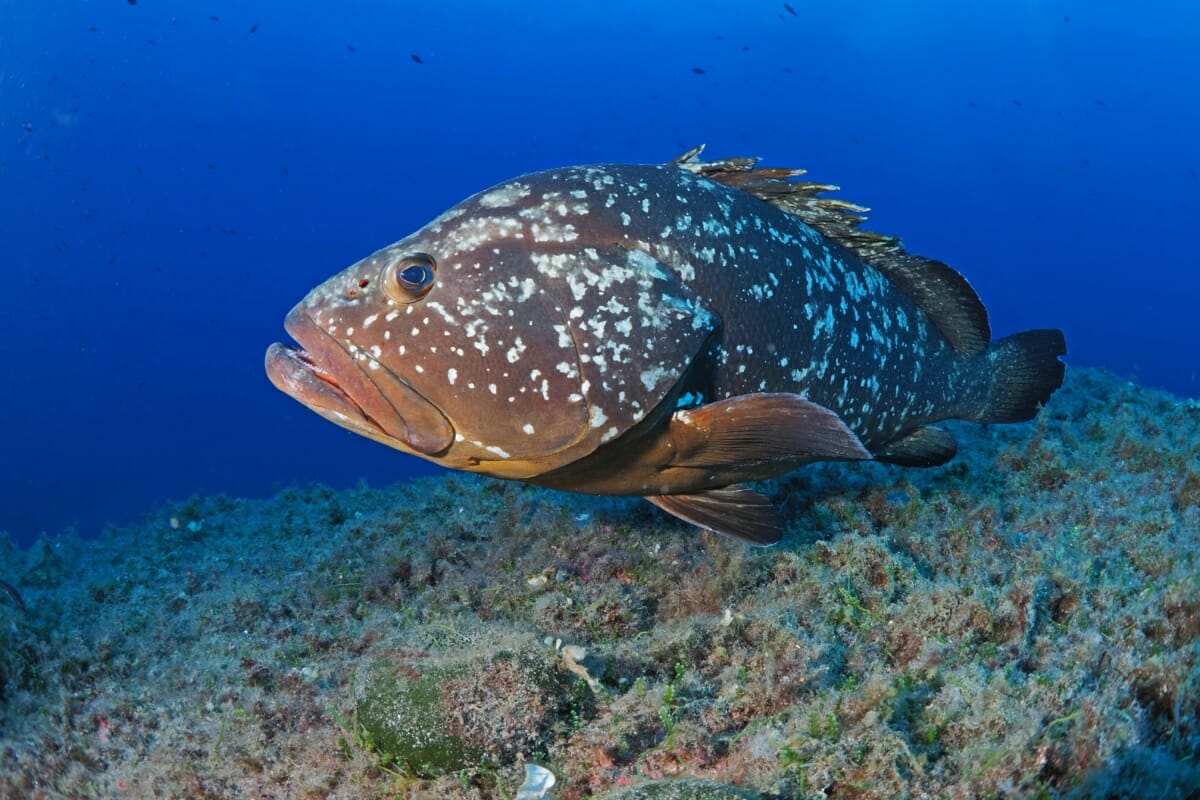
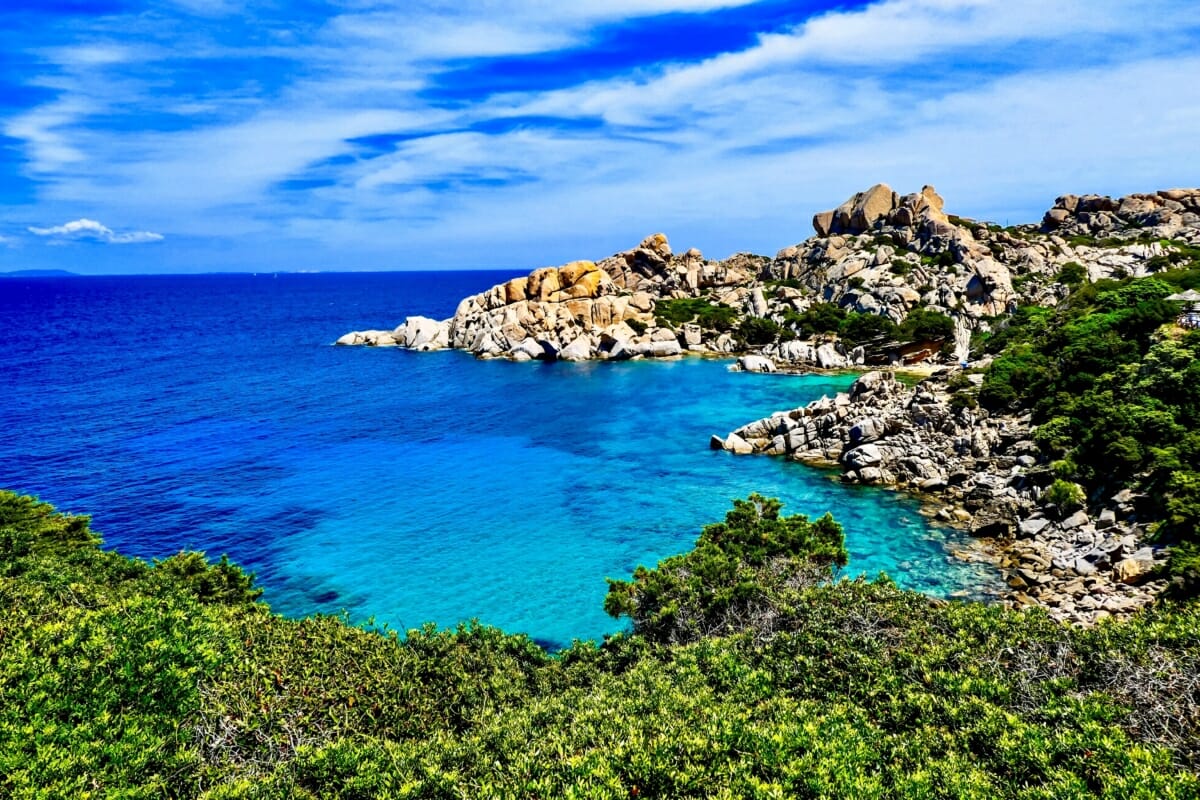
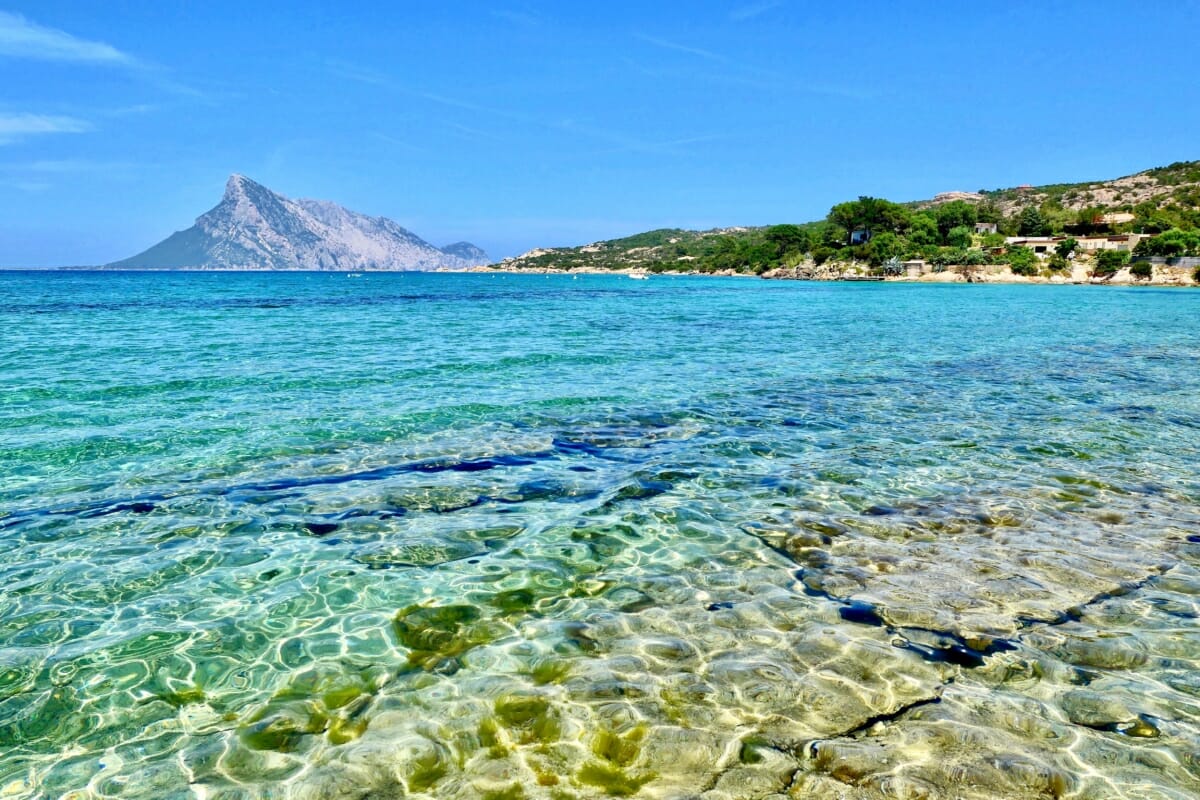
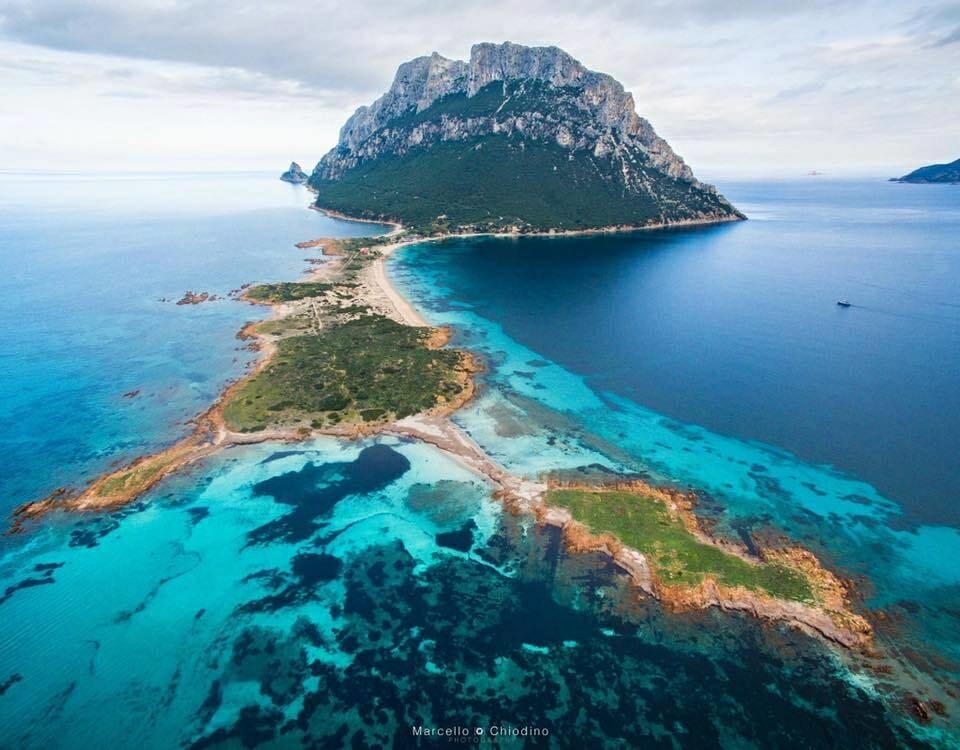



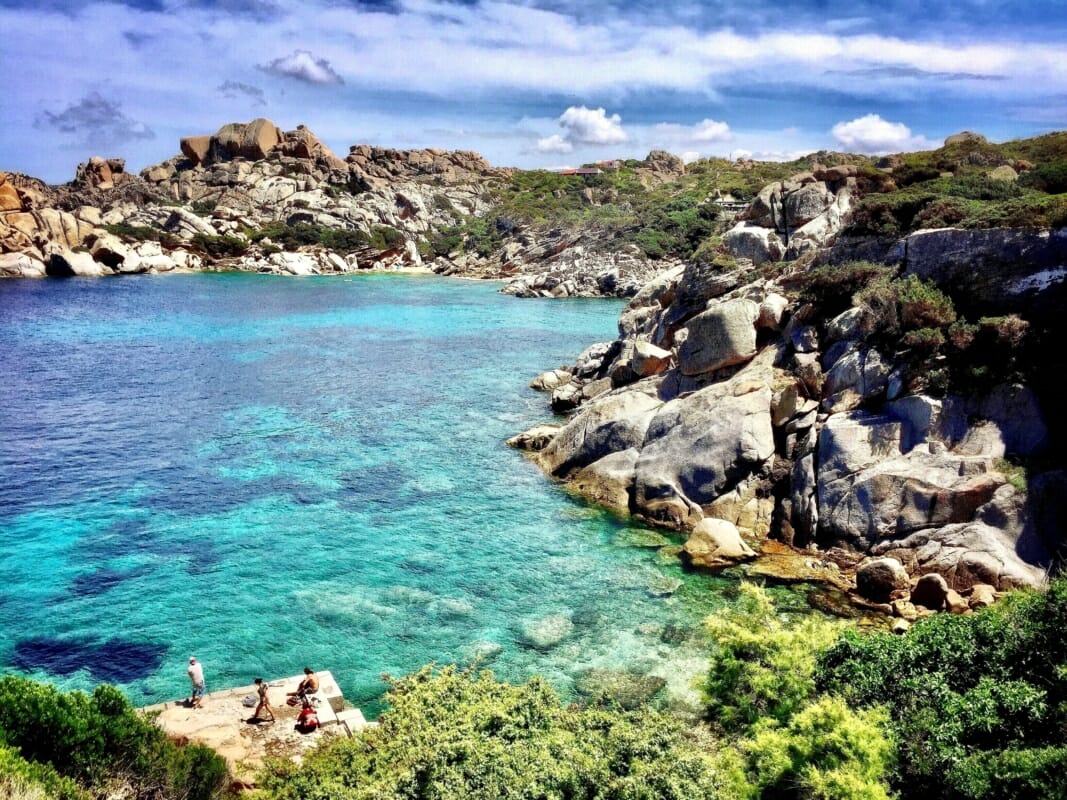

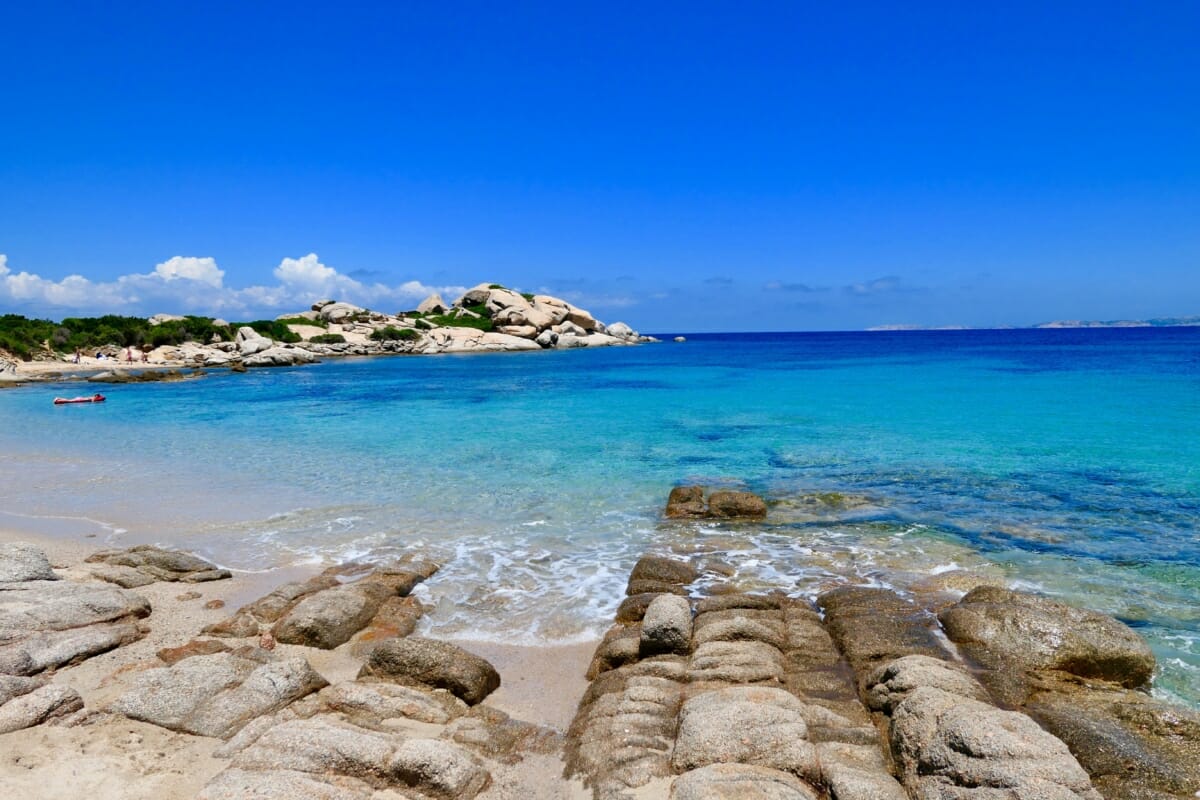
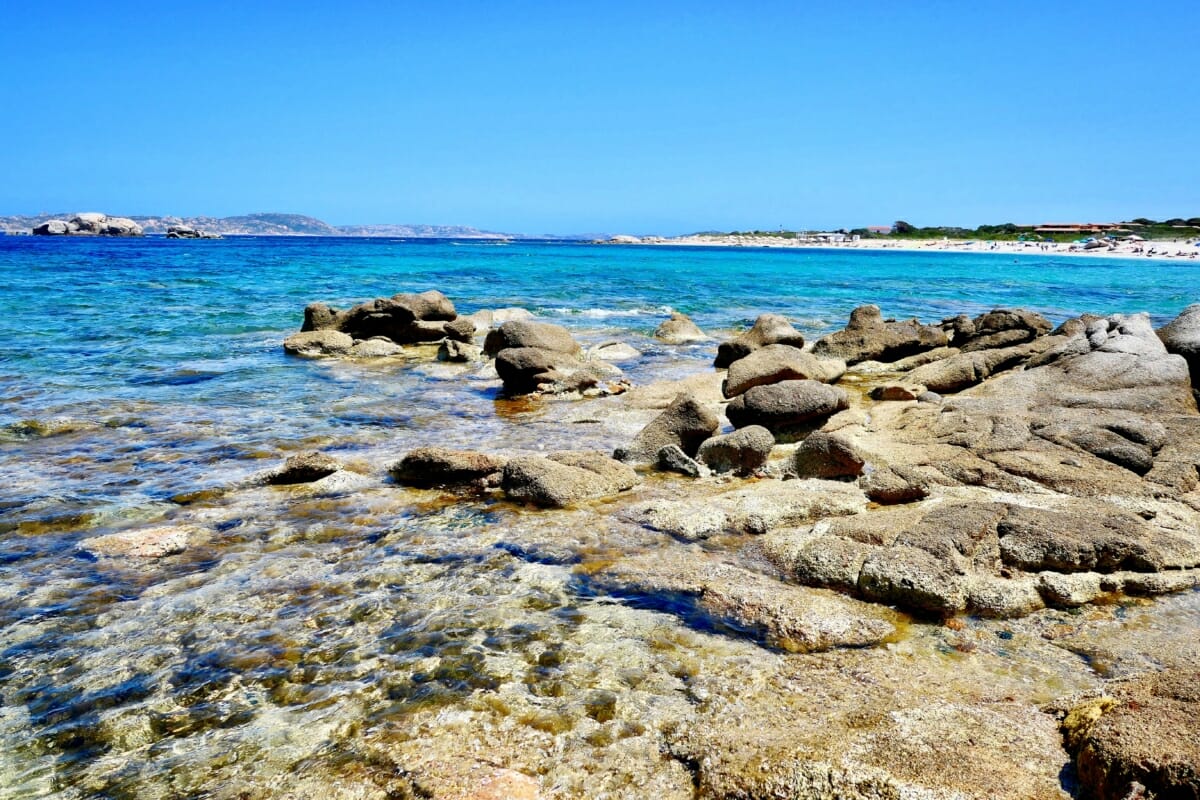
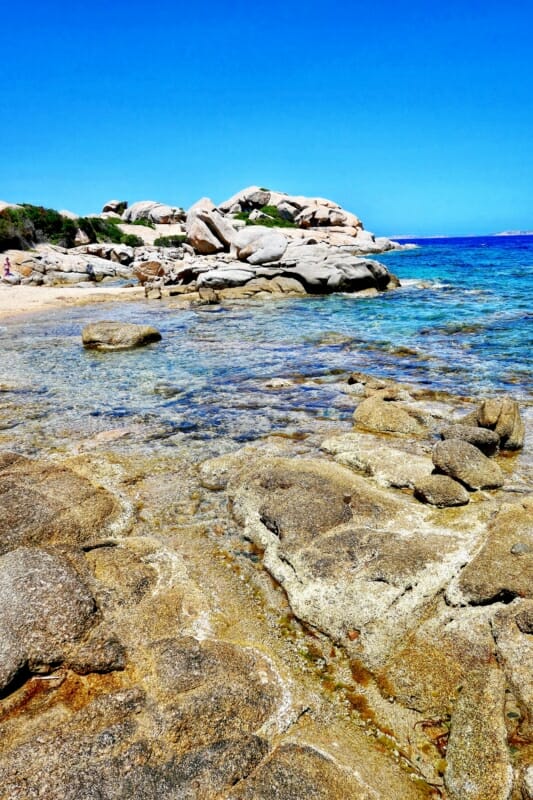
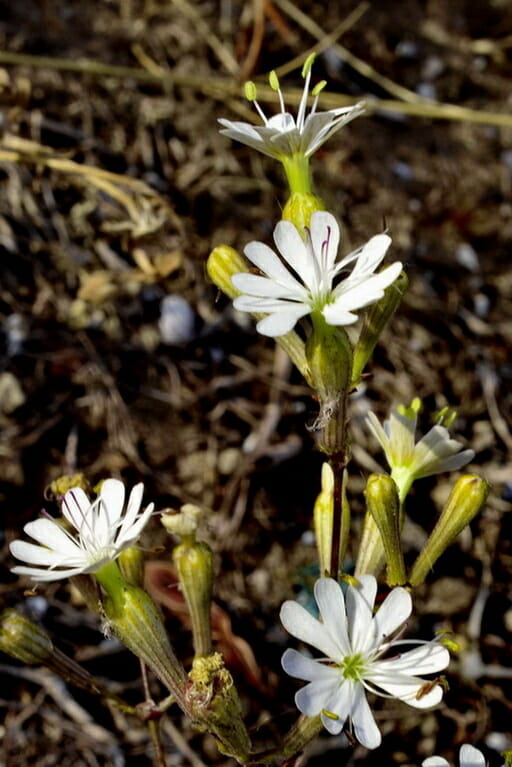
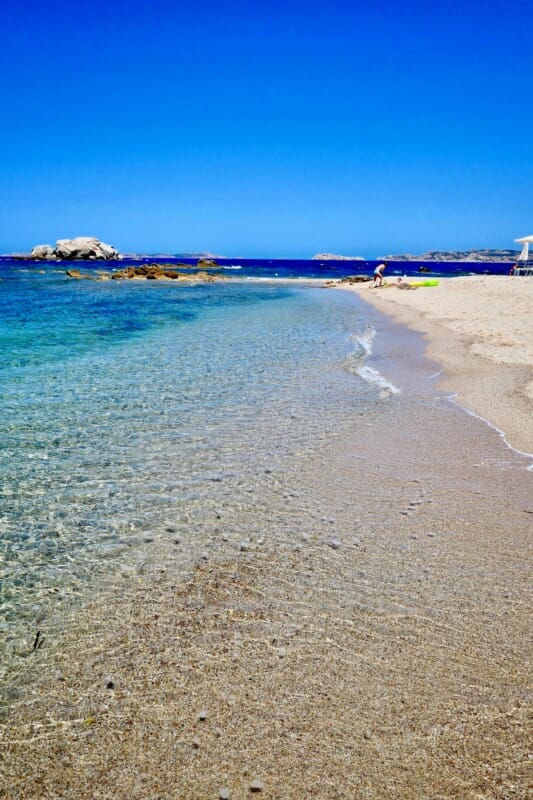
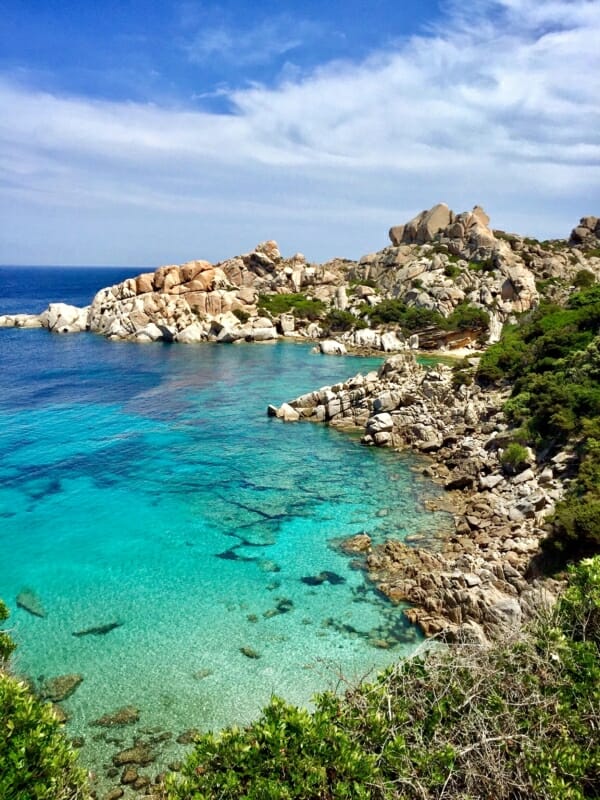
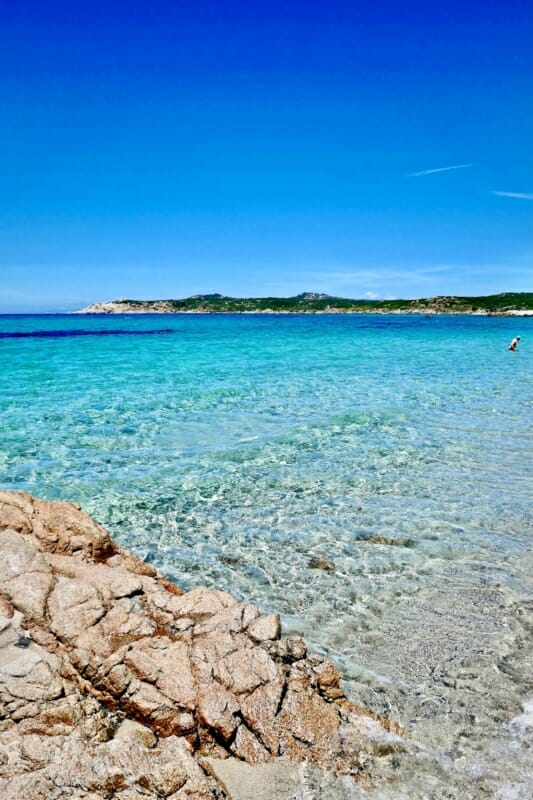
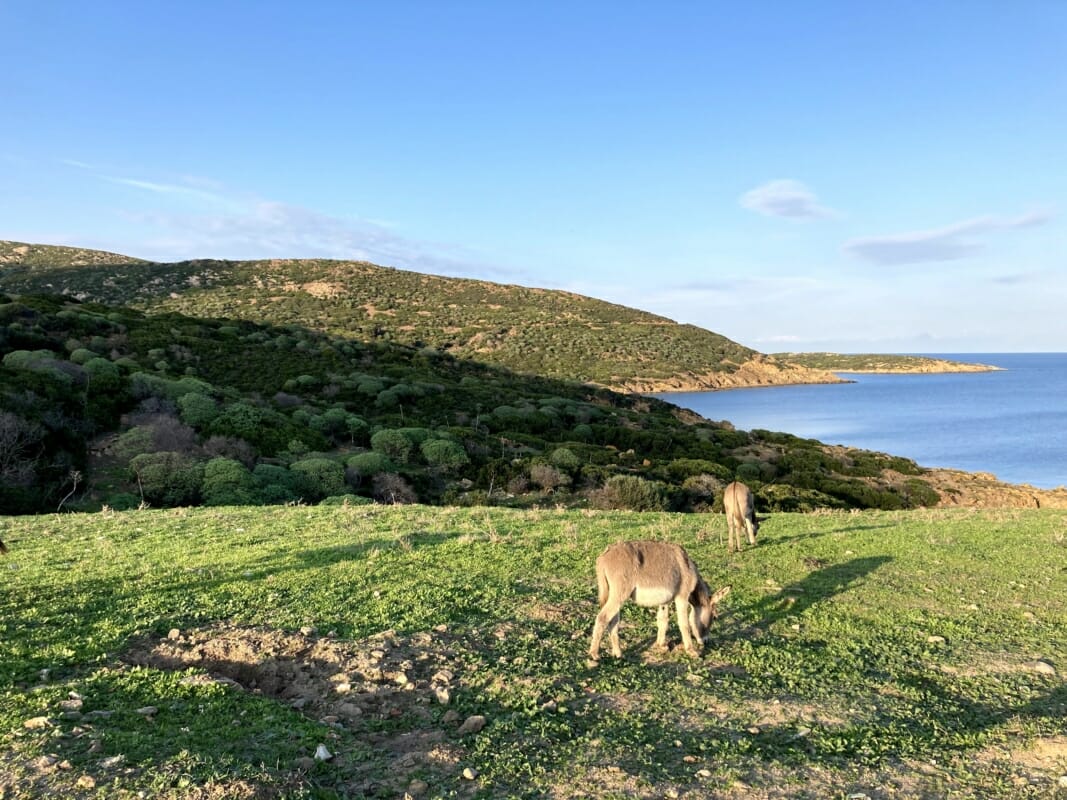

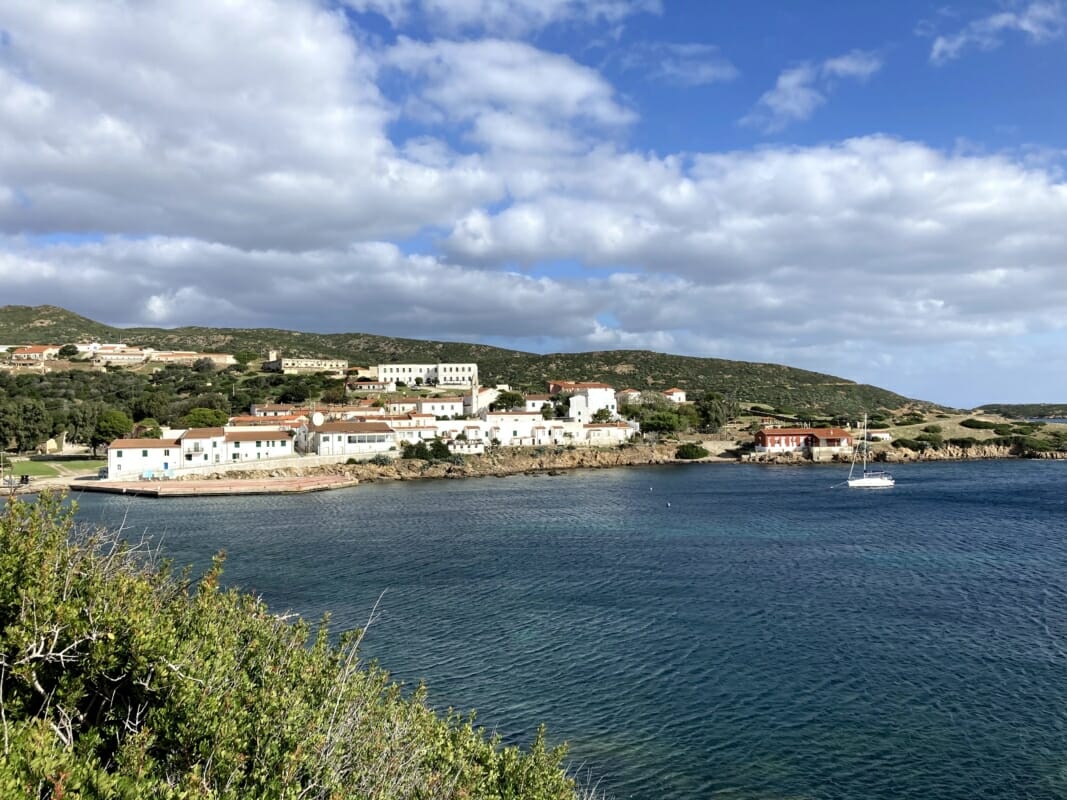

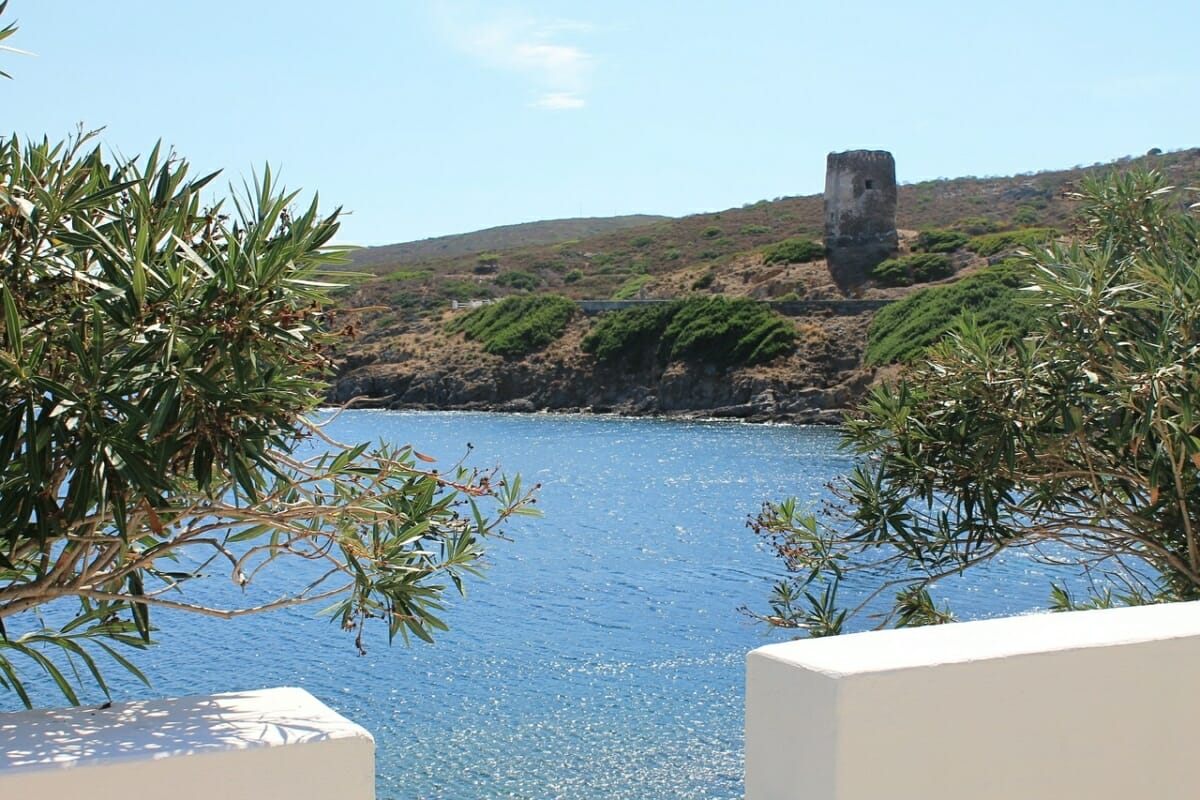
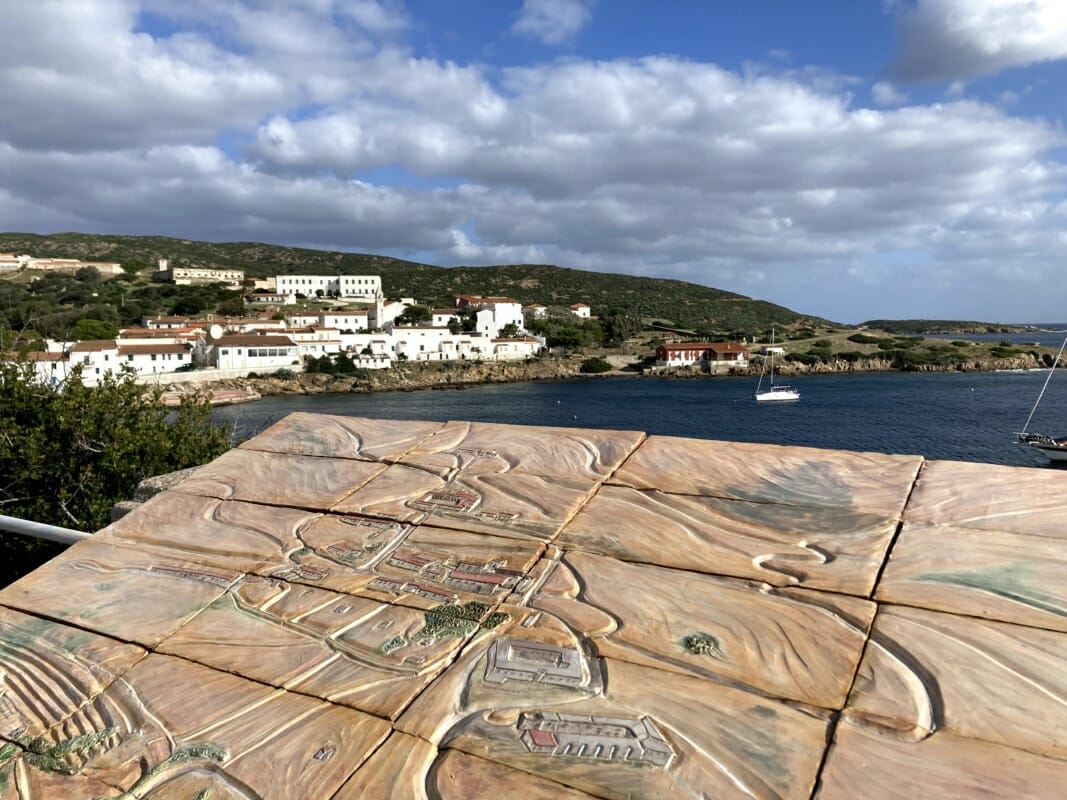
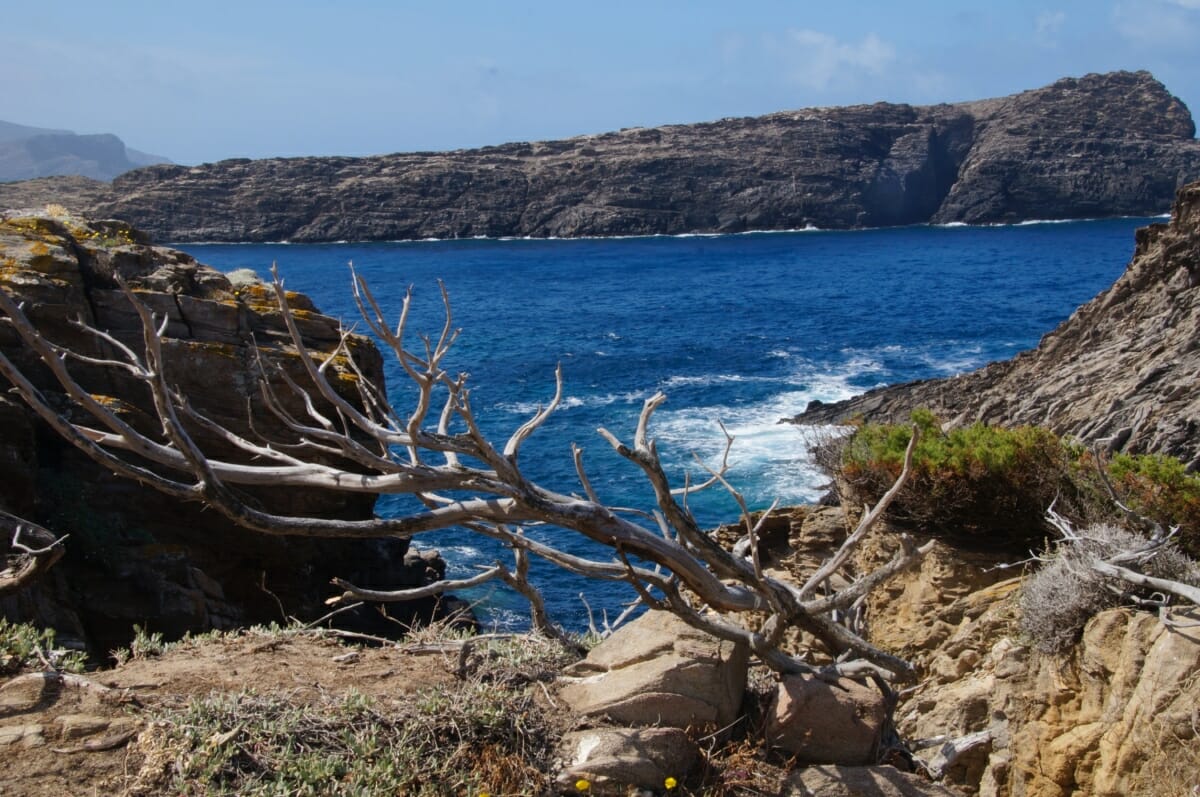


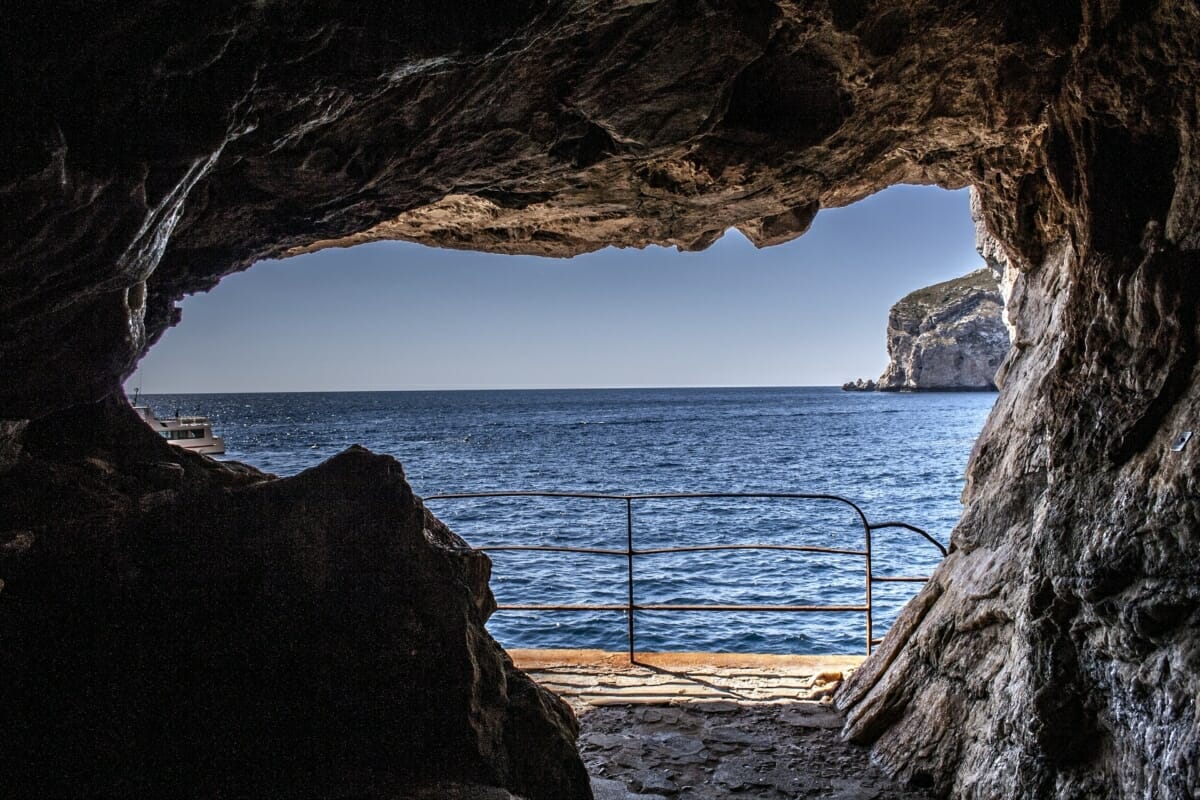

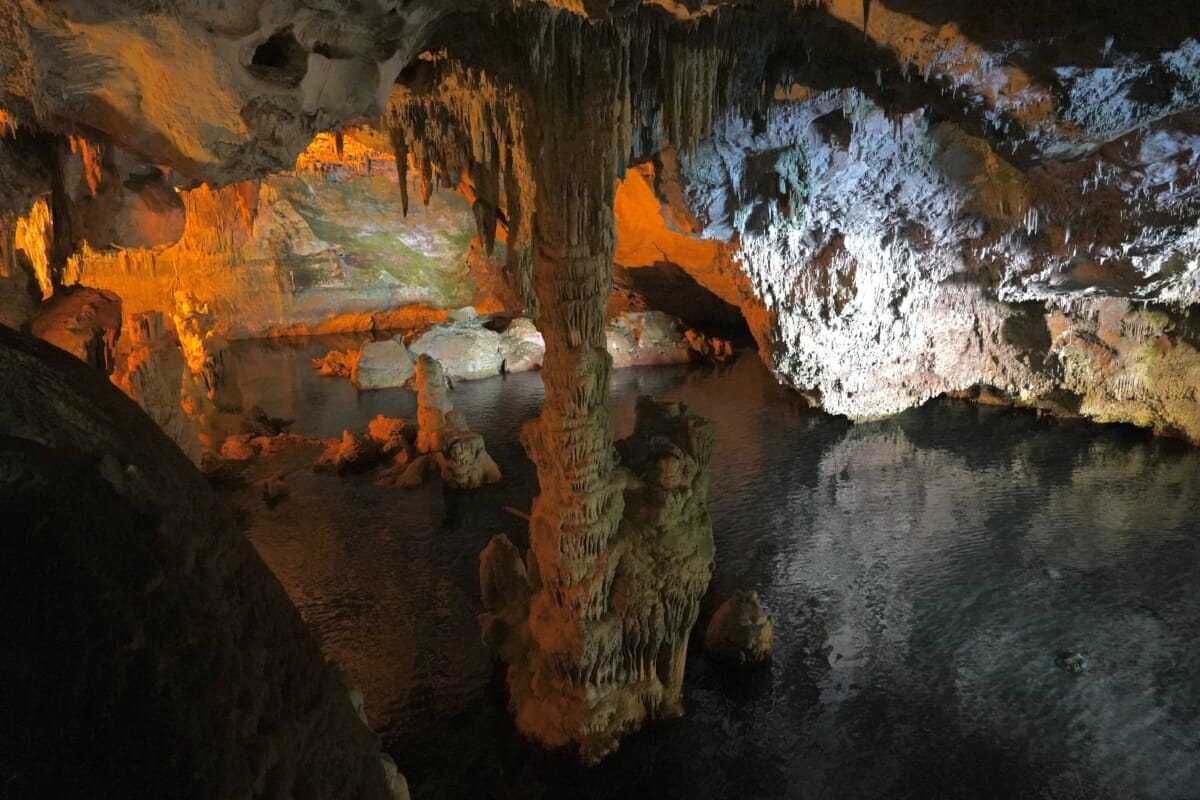
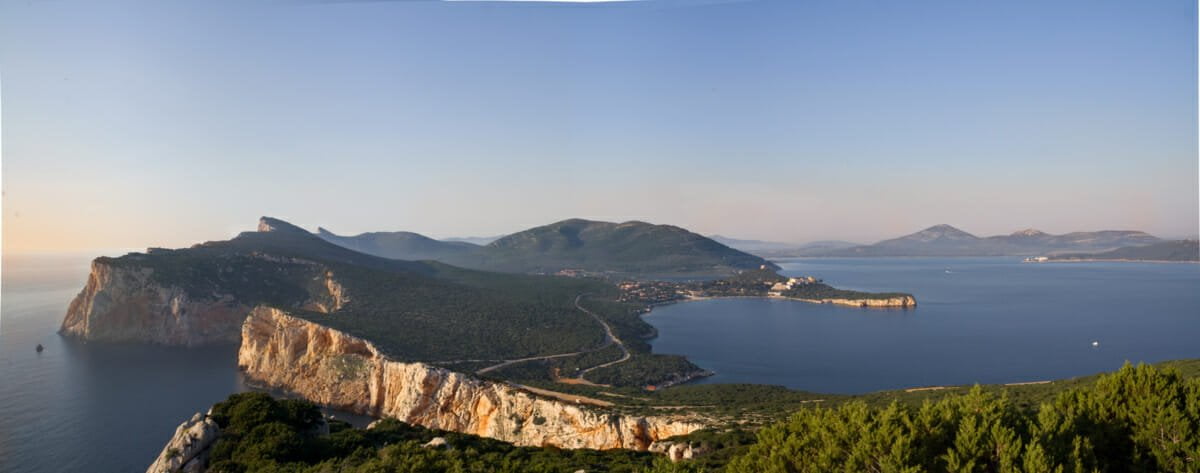
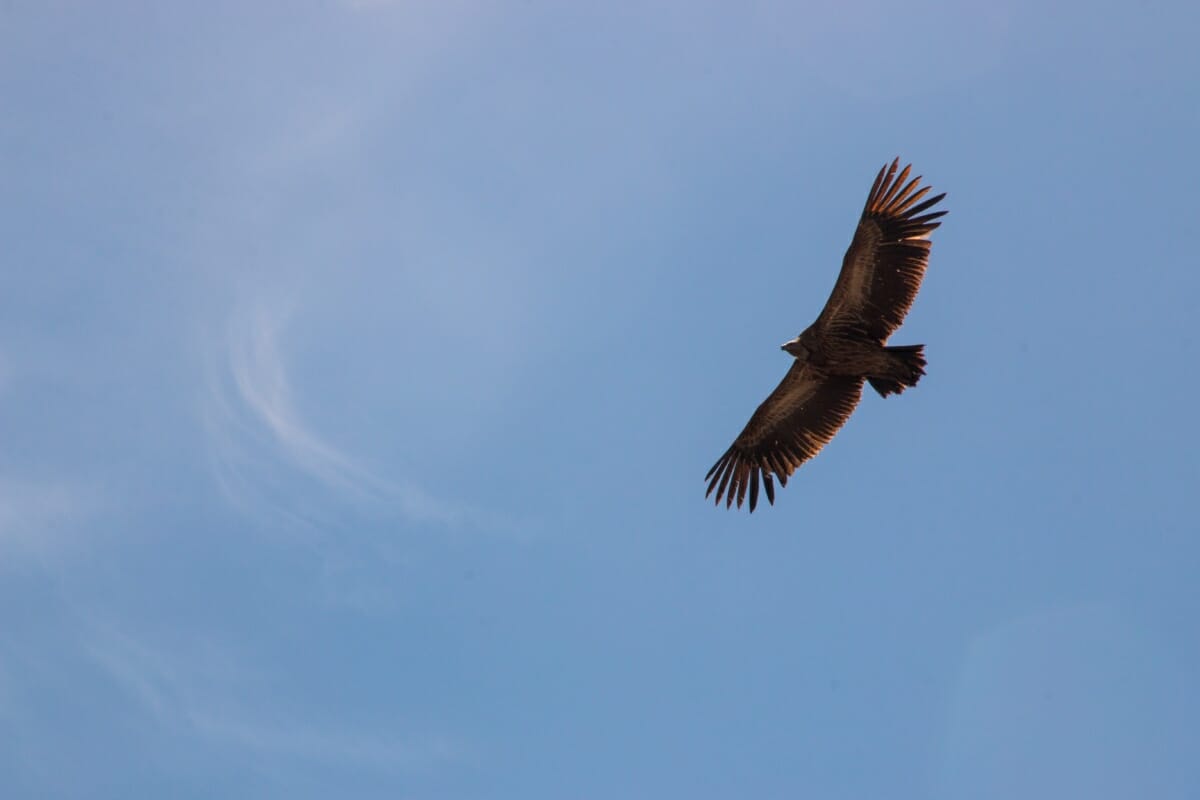





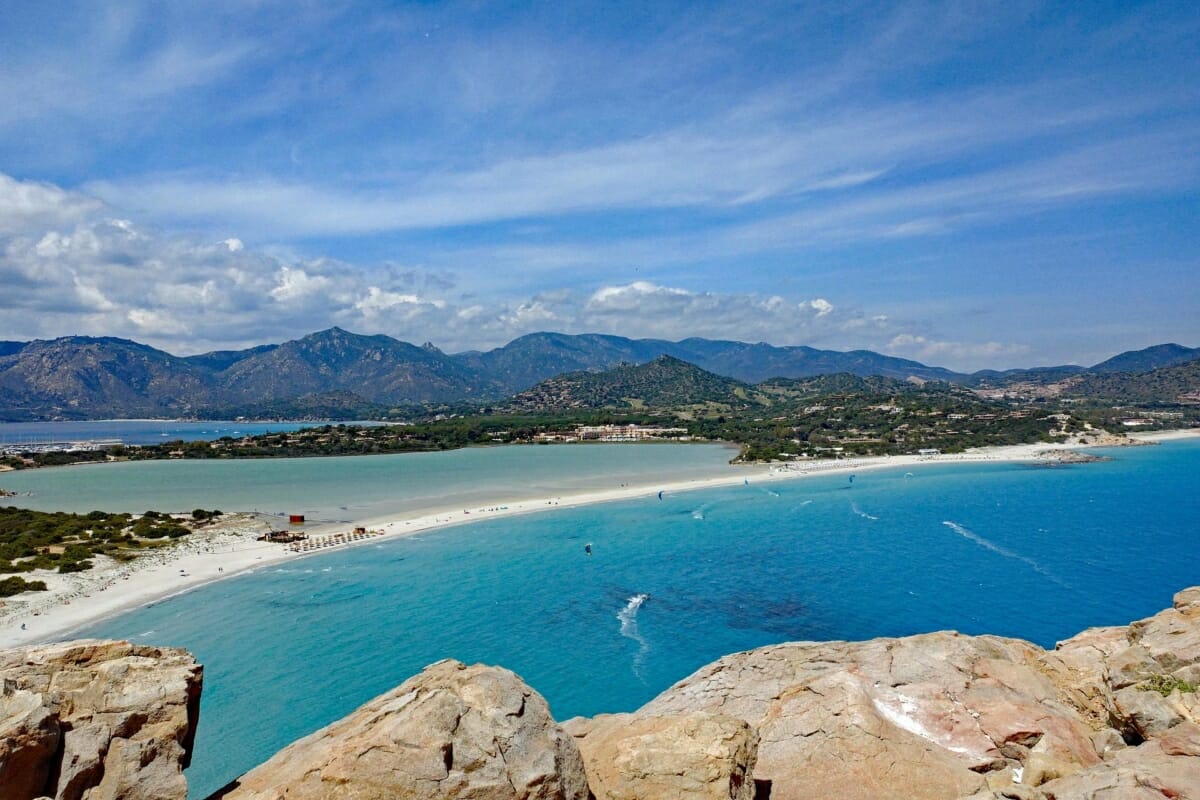


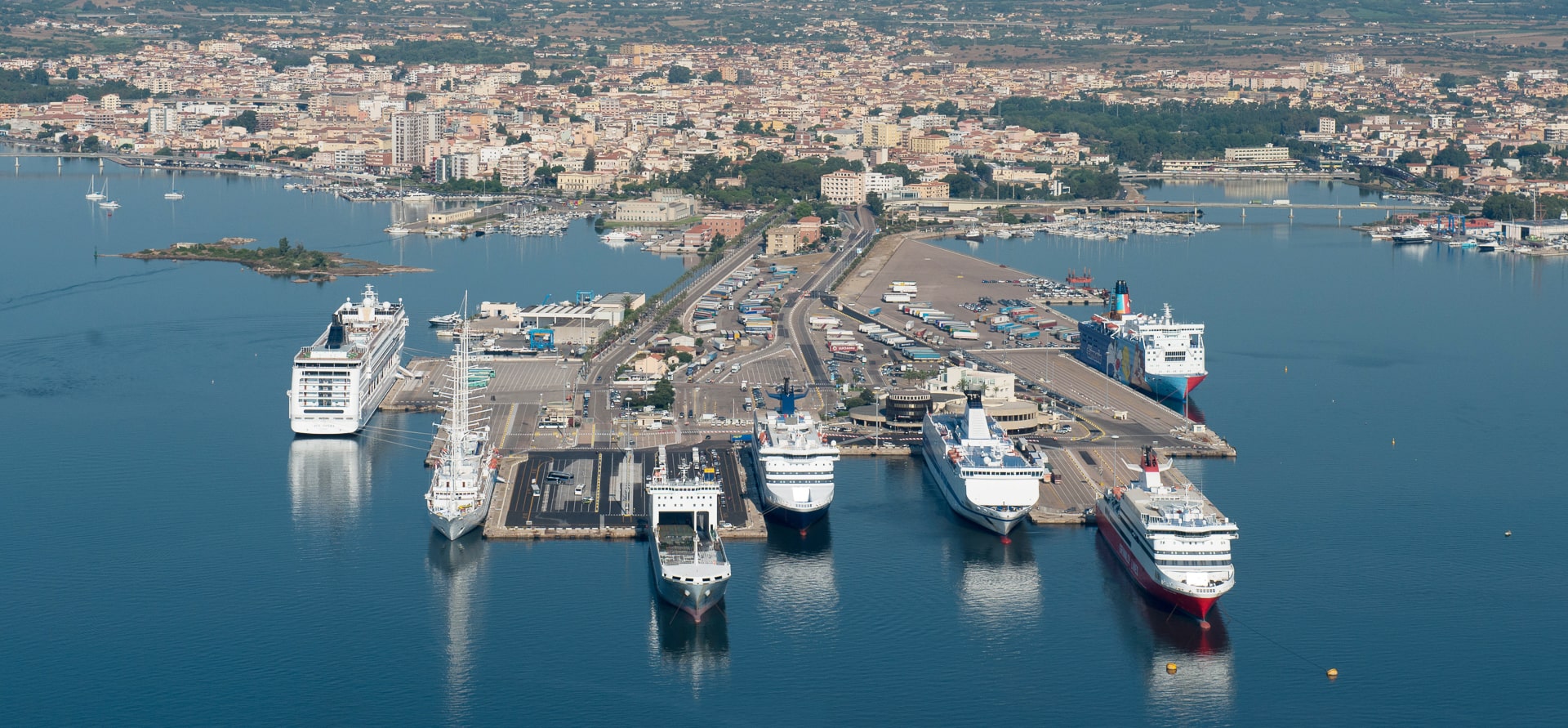
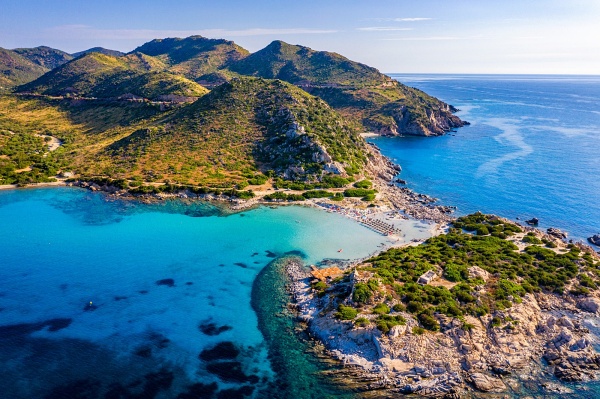
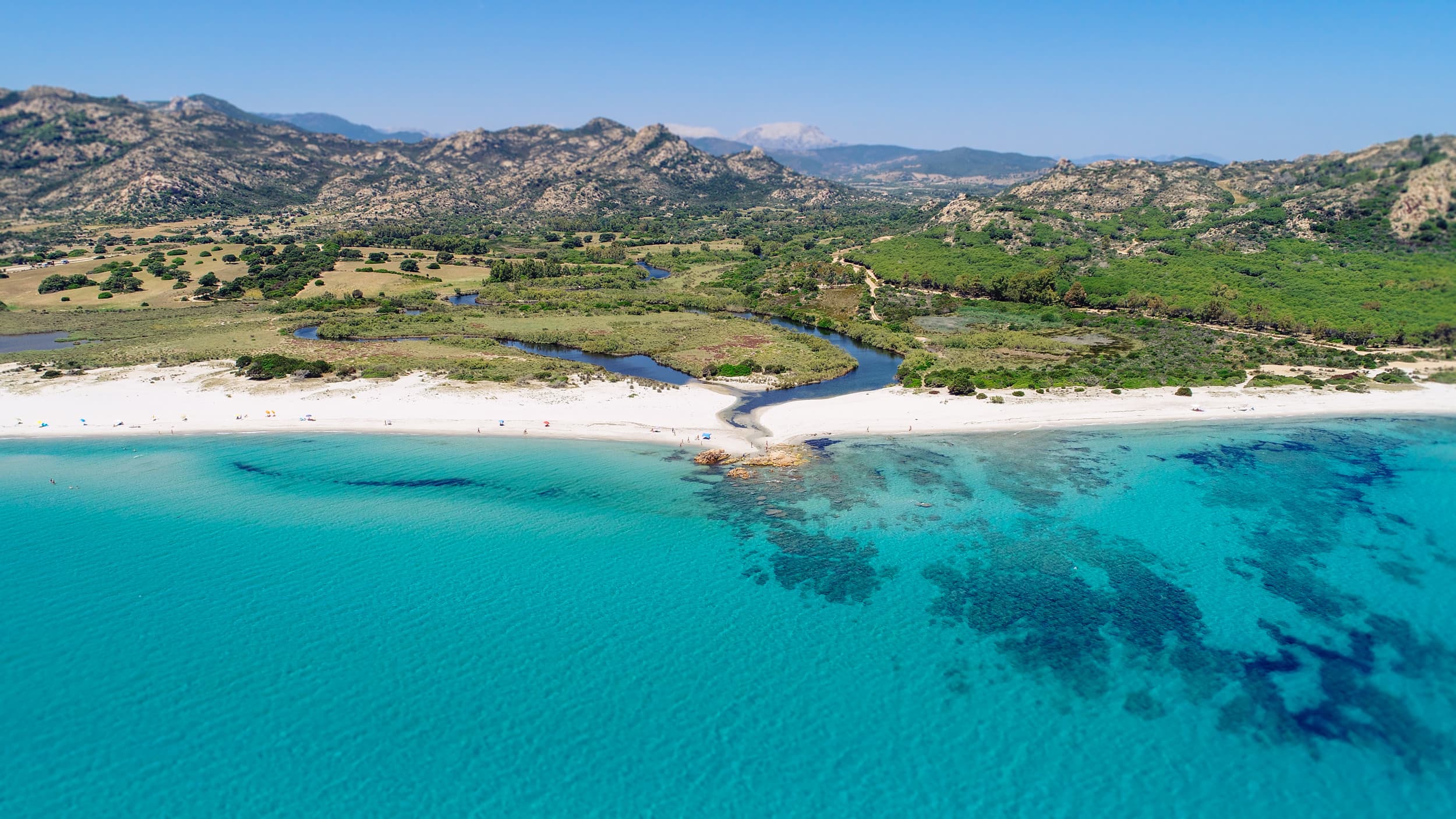
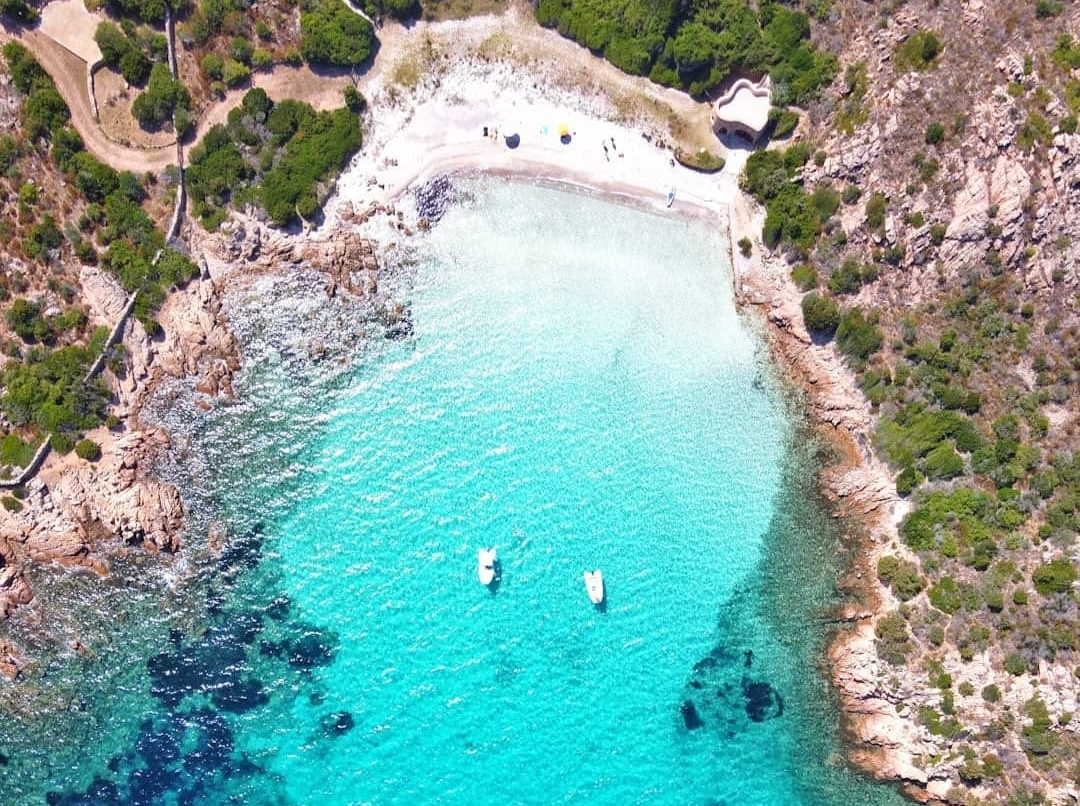
One Response
Thank you for all this very useful information